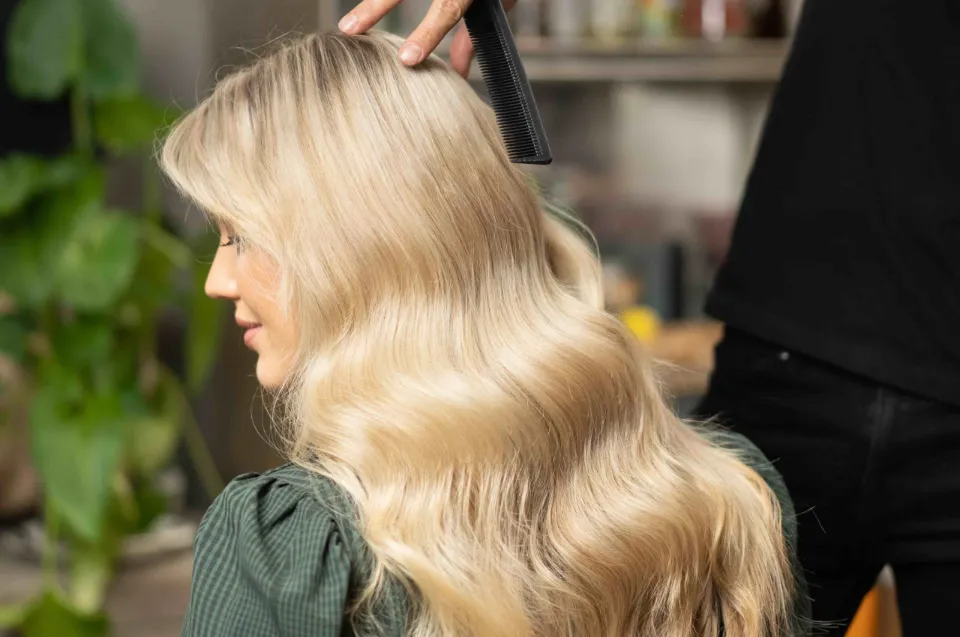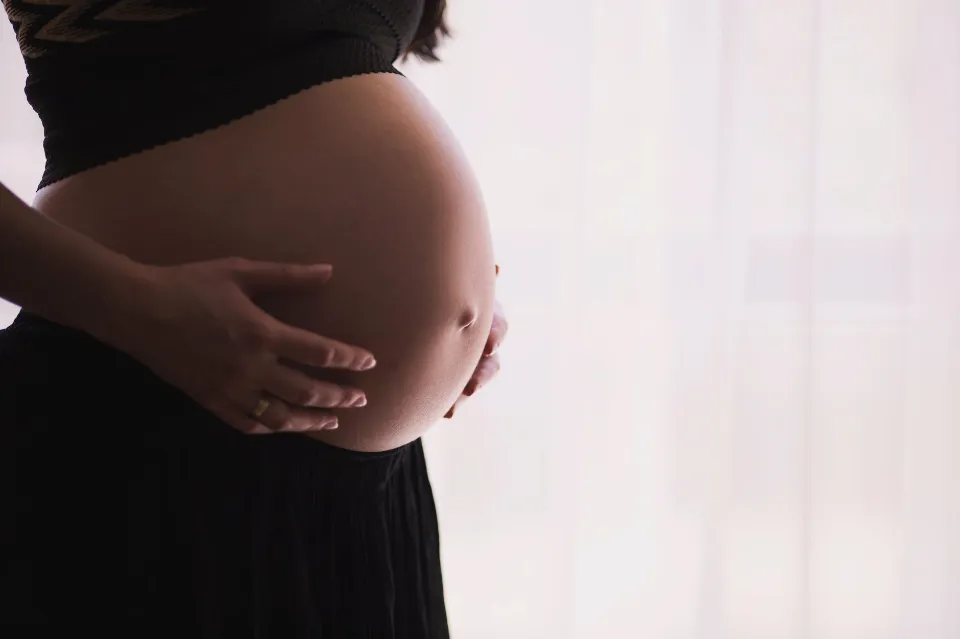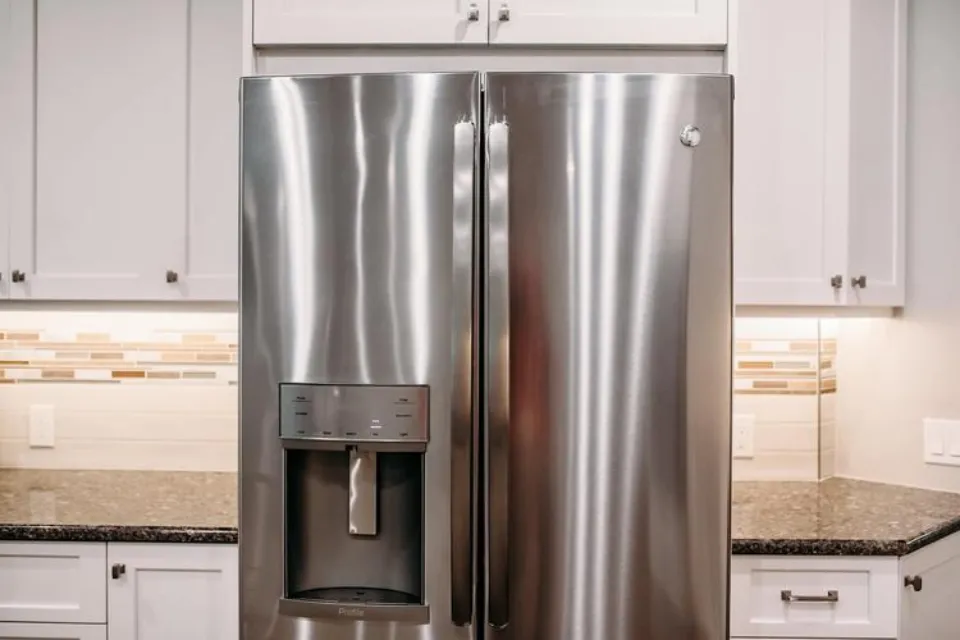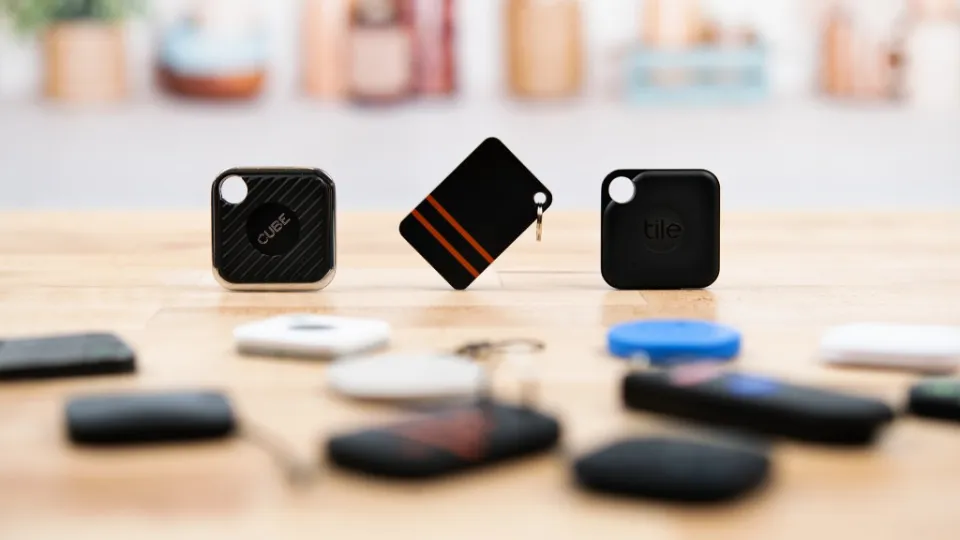Naturally, dying your hair comes with some level of damage since you’re chemically altering it. The same is true of bleaching, which is known to thin hair and increase its susceptibility to breakage.
Because bleaching your hair permanently alters the texture of its natural color, bleaching can result in irreparable harm, and the more bleach you use, the more serious the hair damage becomes.
Does Bleaching Your Hair Damage It Forever?
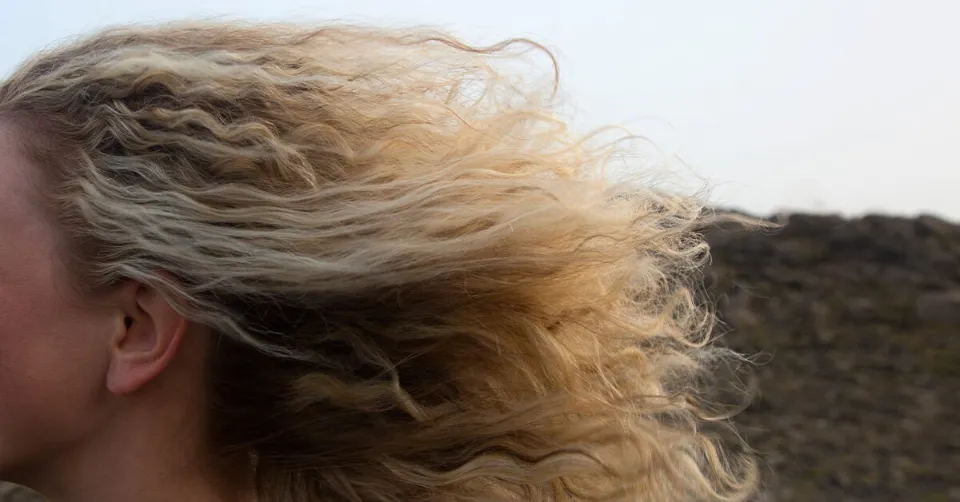
The short response is both yes and no. Yes, as improper bleaching techniques can cause irreparable damage to your hair. And no, as long as you take care, you’ll probably achieve your goals with little to no harm.
What is Hair Bleaching?
For a lighter pigment, melanin is removed from the hair through a chemical process known as bleaching. The oxidation process, which is brought on by substances like ammonia and peroxide, is how bleach accomplishes this by capturing heat and moisture from your scalp.
The process of bleaching hair to transform it from dark to platinum typically takes months because it calls for experimenting with toners, repairing bleached hair, and taking precautions to prevent hair loss.
What is Damaged Hair?
Damaged hair can look sad and disappointing. It might seem brittle, dry, and frizzy. When taking a shower, have you ever noticed that several hair strands have fallen out? This is the first sign of damaged hair. Try pulling on a strand of hair.
Your hair is probably brittle if it falls out easily. Although it can be challenging to repair damaged hair, taking steps to do so will stop any further harm.
Signs You Should Not Bleach Your Hair
If you don’t give yourself some downtime to unwind, frequent bleaching and heat styling will permanently harm your hair. Factors such as tight pulling hair ties and overexposure to the sun are also damaging culprits.
You should not bleach your hair if you notice:
- Loss of shine due to non-existent oil production
- Tangled and knotted hair that isn’t fixable (no matter how much you brush)
- Dry and breaks easily
- Frizzy flyaways that aren’t fixed with products or water
- Split ends
How Does Bleach Cause Damage?
Bleach is invasive and always harmful to your hair to a certain extent. Here are the main ways bleach causes damage:
- Swelling of hair strands – Alkaline substances make the hair swell, opening the cuticles and resulting in thicker, more coarse hair.
- Melanin dissolution – Your natural hair color, which you were born with, is created by melanin. Bleach rids this color, making your hair neutral, which is damaging.
- Changes in the look and feel of your hair – It’s possible for your hair to get split ends and become frizzy. Because it reduces elasticity and creates porosity, bleaching has this effect.
The damaging nature of bleach is most commonly exacerbated by impatience, as too frequent bleaching and overexposure cause more harm and may lead to severe issues, such as hair loss and, in rare cases, even skin burns.
What Causes Permanent Hair Damage?
Causes of hair damage range from brushing your hair incorrectly (or not at all) to overuse of hair products and styling tools. When you don’t give your hair a break, the chances of having permanent hair devastation increase. Some causes include:
- using the incorrect shampoo and conditioner for your hair; there is no such thing as a one-size-fits-all solution.
- You wrap your hair in a cotton towel rather than a microfiber towel after each shower
- Don’t condition enough – or you’re using a low-quality conditioner
- You overuse heat products without heat protectant
- Your hair can’t breathe because you always wear it up in a tight ponytail.
How to Bleach Your Hair Without Damaging It
So, you want to know how to bleach your hair. The first rule is that you should never bleach freshly washed hair. Before you attempt the bleaching process, aim for about three complete days.
You’ll need those natural oils to protect your scalp and enable the bleach to adhere to the hair follicles for the best results (without going over the procedure). Before bleaching your hair, you should always do a test strand first.
Take a strand from the back of your head’s underside, combine a small amount of bleach with 10 or 20 developers, and bleach it. After the predetermined amount of time—no more than 45 minutes—rinse it off. You can anticipate the rest of your head’s color based on the strand test.
Other prevention methods include:
- Using a good quality bleach – ask a professional for help (make sure the bleach is not expired)
- Starting with a bleach wash – Your hair will suffer less damage from bleaching if you mix shampoo and bleach together to help it adjust.
You should inspect your hair every five to ten minutes while it is being bleached. If you leave the bleach on for too long, you’ll likely permanently damage your hair to the point of it falling out.
And if you don’t leave it on long enough, you won’t get the outcomes you want. Avoid chlorine pools and heating appliances after bleaching your hair.
The oxidation process will have already worn out and fried your hair. Follow the advice provided below to ensure that you experience as little damage as possible during the hair bleaching process.
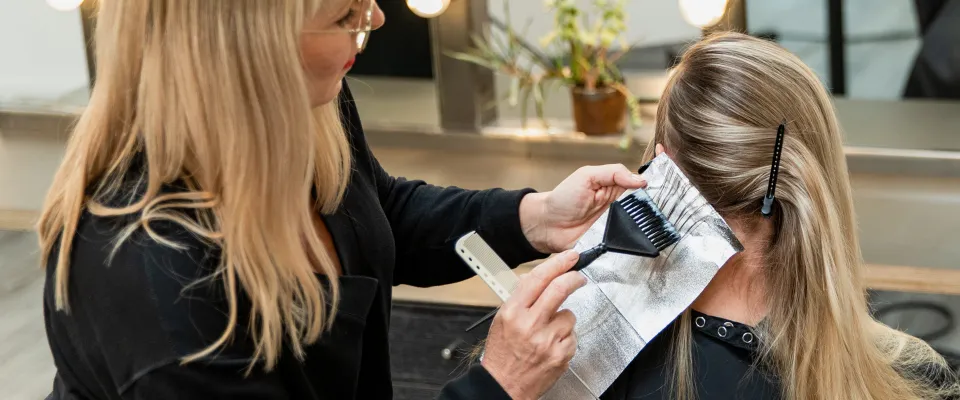
1. Know Your Developer
The more damaging it is to your hair, the higher the volume. A few things to keep in mind are:
- Volume 10 Developer – Only for depositing color – not for lightening
- Volume 20 Developer – A person with light brown to dirty blonde hair should use this because it raises hair one to two levels.
- Volume 30 Developer – lifts two to three levels lighter – for people with dark brown hair
- Volume 40 Developer – the most extreme lift you can get and very damaging – for people with black hair, use sparingly and not for longer than 30 minutes.
2. Toner is a Must
Your brassy or yellow results will depend on the undertone of your hair. In order to achieve platinum blonde hair, you will need toner. Again, a toner isn’t one-size-fits-all. You will need a specific type of toner depending on the level of your hair following the bleaching process.
3. There is a Right and Wrong Way to Bleach Your Hair
Beginner experimenters frequently start with their roots and mistakenly apply bleach as they would dye. Both newbie mistakes are the wrong way to bleach.
Starting at the very tip of your hair will cause more harm than good, while starting at the roots will result in lighter, more bleached hair than the rest. You must aim by moving downward, starting about half an inch from your scalp. Your roots and tips should only be lathered for the final fifteen minutes.
Every five minutes, make sure your hair is still. It’s time to rinse out your hair when it appears white or very pale. Hair breakage, dryness, and fallout can occur if bleach is left on for an extended period of time.
4. Care for Your Bleached Hair Immediately After the Desired Result
Immediately after you have bleached your hair, you’ll want to apply a high-end shampoo, like Olaplex, and conditioner for bleached hair. Along with deep conditioning and oil treatments, you must devote time to a hair mask once a week.
To hasten your hair’s recovery, you should also get a trim. However, it’s a good idea to keep in mind that your hair is more prone to damage after a bleaching procedure. You don’t have to forgo styling treatments.
How to Repair Damaged Hair After Bleaching
In order to get your hair back to a healthy recovery, you should first reach for deep conditioners and repair oils. A select few oils, including coconut, argan, and almond oil, can help repair damaged hair.
Other tips for repairing bleach damaged hair include:
- Do some research on your hair type, and use only products designed for it.
- Give it a three-month break
- Only wash your hair in cool water
- Let hair air dry – do not wrap it in a towel
- Apply weekly deep conditioning hair masks
Hair styling is not something you have to completely forego. On the other hand, styling your hair every other day is necessary if you want healthy and restored hair.
Maintenance for Bleached Hair
Once you’ve made the switch and your hair is a stunning blonde, it’s time to start caring for it. After bleaching, your hair will be more delicate than usual, and there are some things you should do to prevent it from becoming unmanageable.
The first is to look at the products you’re using. Choose a nourishing shampoo and conditioner made for hair that has undergone chemical treatment. Silver shampoo is notoriously popular for counteracting this and keeping brassiness at bay.
Additionally, you’ll need to include protein in your hair’s diet. Because bleaching your hair reduces its natural protein content, additional treatments will be required if you want to keep it healthy and encourage it to grow back strong. You can opt for protein masks or daily leave-in serums to give your hair the boost it needs.
You must be careful not only with what you put in your hair, but also with how you handle it. Hair is always more fragile when wet, so avoid brushing it after a shower or putting it up, instead gently patting it dry with a towel and leaving it down. If you must use heat, do so sparingly and always wear a heat-protector to help prevent further harm.
It goes without saying that after bleaching, your hair will be more delicate, but this does not automatically mean that it will break and develop split ends. You should be able to keep it looking glossy and healthy as long as you know how to maintain it. You should always keep in mind that if you ever need help, one of our hair stylists will be happy to examine your hair and offer you advice on how to bring it back to life.
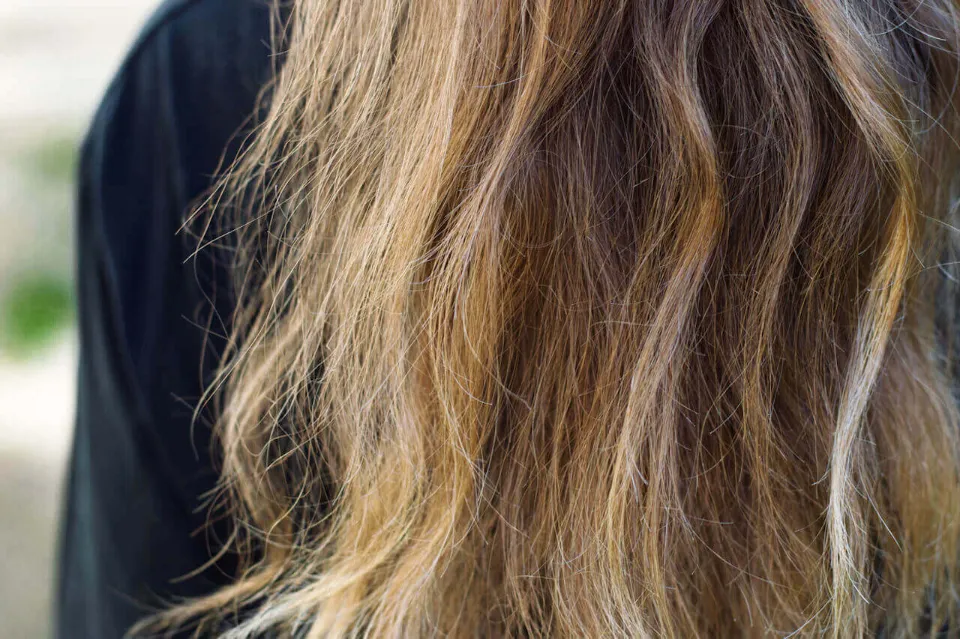
Final Words
If you have bleached hair or are considering getting it colored, you should take extra care of it because bleaching your hair will harm it. Just go for it if you love bleached hair. Don’t worry about the aftercare schedule.
You only need to make a minor adjustment to your hair care routine to start enjoying your new color look. Because bleaching removes the protective oils and fibers from the hair shaft, bleached hair is more prone and susceptible to becoming thin, dry, and damaged. To serve the purpose of colouring, the bleach reaches deep down into the hair shaft, which results in thinning of the hair shaft. This is the reason you need to take a few extra precautions to care for your bleached hair.
FAQs
Will My Hair Ever Be Healthy Again After Bleaching?
There are natural remedies you can try to restore the strength and flexibility of your hair strands if you have experienced bleach-related hair damage. It might take some time for your hair to start to regain its shape, so the real remedy may just be a little patience.
How Long Does Hair Take to Recover from Bleach?
Depending on your hair, it could take up to two weeks before your strands feel ready to play again. If your bleach damage is more severe, it might take a month of maintenance before your hair feels soft and shiny once more.
Can You Reverse Bleach Damage?
A bleach stain is unfortunately irreversible. Once bleach has made contact with a fabric, the stain will have set, stripping the colour or dye from the fabric.

